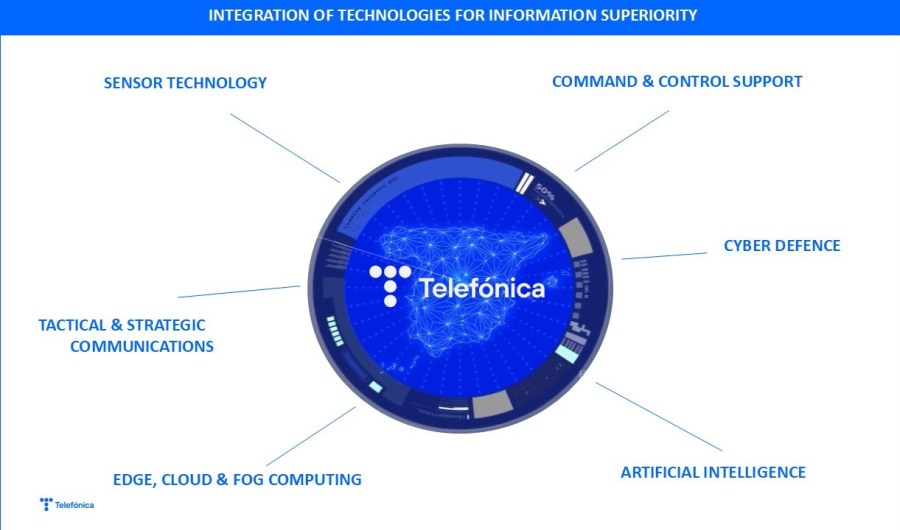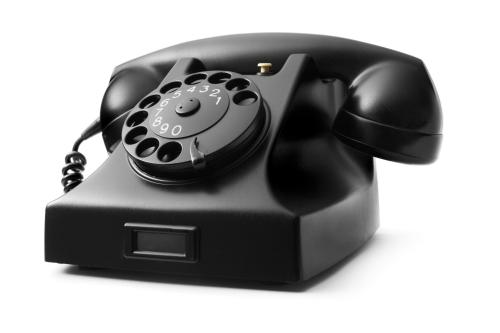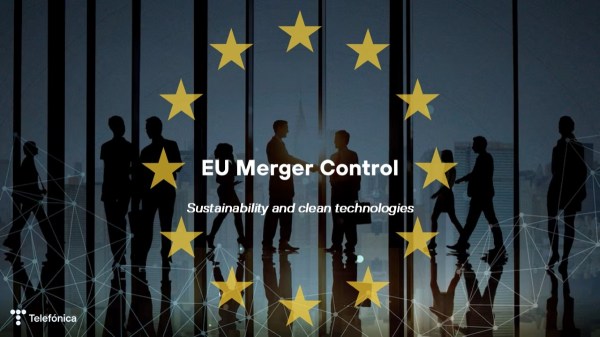The Spanish International Defence and Security Fair (FEINDEF 2025) was held in Madrid in May, with the participation of more than 44,000 visitors, 600 exhibitors, the representation of 61 countries and the presence of 92 international delegations, demonstrating the growth of this industry and its consolidation as a world reference.
This edition has been organised in a particularly significant context, in which defence and security are becoming increasingly important. Europe is facing a new reality marked by increased risks and uncertainties, making it more urgent than ever to strengthen preparedness and to have an adequate industrial policy.
The European Union’s defence and security action plan – which builds on the Niinistö report, includes the Defence White Paper, the European Defence Preparedness Plan, the Protect EU security strategy, as well as increased efforts and funding plans – reflects Europe’s growing concern in this area.
No defence capability can operate securely without an advanced and resilient digital infrastructure and trusted technology partners. In this context, the telecommunications sector plays a key role, not only as an enabler, but also as a guarantor of European strategic autonomy.
Telefónica at FEINDEF 2025: technology for information superiority
«This is not just technology. It’s the future. It is transforming data into decisions, and those decisions into advantage. At Telefónica we offer information superiority to our customers, integrating state-of-the-art technologies that make a difference when every second counts.»
Jose Luis Gilpérez López, CEO, Telefónica Security Engineering
Telefónica had a prominent stand at the FEINDEF 2025 fair and an active presence at various round tables. The stand showed how different technologies are integrated in a coordinated way to achieve a key objective: to facilitate critical decisions, in real time and at the right moment, at a strategic, operational and tactical level.

Thus, the integration of defence technologies in which Telefónica has extensive experience – such as hypersensing, the 5G tactical bubble and spectrum dominance, secure data transport, cloud, edge and fog computing(the latter a decentralised level of computing intermediate between edge and cloud) and for the efficient organisation of information by mission, processing through artificial intelligence, digital security and cyber defence, as well as advanced command post with extended reality – allows obtaining a competitive advantage in the protection and strategic use of information.
And beyond technology integration aimed at information superiority, Telefónica presented its quantum safe proposals for communications, along with other advanced capabilities such as connected autonomous drones, automated management, use of real artificial intelligence, operational coordination and a 24/7 control centre, as well as anti-drone services. Telefónica also announced its partnership with GDELS-Santa Bárbara Sistemas to provide next-generation mobile communications-based tactical bubbles for military vehicles.
Access the event video here.
The strategic relevance of dual technologies
«We are living through an industrial revolution that is transforming all areas, including defence, from robotisation to artificial intelligence. Cybersecurity cannot be addressed in isolation: it requires a holistic view.»
Sergio Gamo, Defence and Security Business Development Director, Telefónica
Cyberspace is already a new operating environment. It must be integrated into multi-domain strategies, developing capabilities to achieve true digital superiority.
Technological evolution in recent years has meant the incorporation of emerging and disruptive technologies, especially dual-use technologies, into the portfolio of military capabilities by both state and non-state actors.
The value of rapid discovery, experimentation, integration, verification, deployment and validation of these technologies will be essential to maintain technological superiority. The federation of multi-domain proving grounds with 5G connectivity between NATO countries was showcased during MWC25 as an example for testing these technologies, and sharing data and knowledge; enabling real-time experimentation and training in a multi-domain scenario, leveraging data exploitation.
Boosting innovation, cooperation and talent
«It is essential that the Ministry of Defence benefits from innovation in the supply chain. Collaboration between driver companies, universities, SMEs, startups and investment funds is the way forward. Innovation, technology and talent must go hand in hand.»
Jesús Abraham, Head of Defence Innovation, Telefónica
The experts’ participation in several key conferences focused on innovation in defence, collaboration and talent development. At Telefónica, innovation is driven both in-house and through open innovation models, with Wayra – its corporate venturevehicle – as a strategic enabler. In this context, the creation of an open innovation hub was proposed as a catalyst for talent and technological sovereignty, and as a platform to foster technological collaboration and access to funding in this critical sector.
Likewise, the importance of the business fabric, especially SMEs, being able to benefit from innovation throughout the entire supply chain, through collaboration with tractor companies, universities and start-ups, was also stressed. Innovation and technology must go hand in hand on this path.
An agreement has also been signed with the Instituto de Fomento de la Consejería de Empresa, Empleo y Economía Social de la Región de Murcia, within the framework of the CAETRA initiative, which seeks to promote the creation and development of an innovation pole in dual-use technologies in the region. This initiative has specific resources and funding with the aim of positioning the Region of Murcia as a technological pole in the defence sector within the European Union.
Finally, Telefónica has a network of more than 30 chairs in Spain, with a firm commitment to training, with the aim of providing industry and society with the technological sovereignty needed to strengthen national security and defence.
These initiatives reflect the value of events such as FEINDEF in driving innovation, attracting talent and strengthening public-private collaboration in strategic sectors such as defence and security.
Ultimately, Europe needs trusted technology partners, such as Telefónica, to drive technological progress and strengthen its security in a complex geopolitical context. But strategic ambitions must be matched by the right conditions: a coordinated, streamlined and well-funded framework is not an option, but a prerequisite for achieving Europe’s security objectives.








